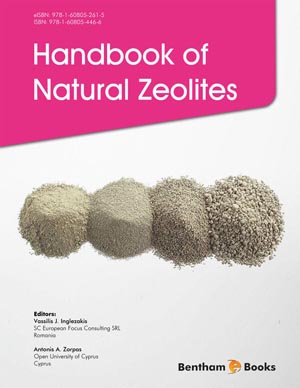Abstract
Layered double hydroxides (LDHs) otherwise referred as hydrotalcite-like (HTlike) materials are potential sorbents that are explored widely in the field of waste water remediation of noxious anions. The structural features of LDHs makes them effective sorbents for these anions through different mechanism like surface adsorption, anionexchange, reconstruction and surface precipitation. This chapter presents a discussion about LDHs, their synthesis methodologies, physicochemical characterization and their potential in the removal of environmentally undesired oxoanions like phosphate, borate and chromate from aqueous solutions. The optimization of the various parameters like sorbate concentration, pH, temperature, time, extent of removal in the co-presence of competitive anions and reusability are discussed in respective sections. A comparison of the anionexchange capacity of LDHs with commercial anion exchangers is also discussed. Different mechanisms involved in the removal of phosphate, borate and chromate anions by LDHs are addressed.
Keywords: Layered double hydroxides (LDHs), Sorbent, Water remediation, Oxoanions, Hydrotalcite-like compounds, Co-precipitation, Adsorption isotherm, Physicochemical characterization, Anion exchange, Desorption.












